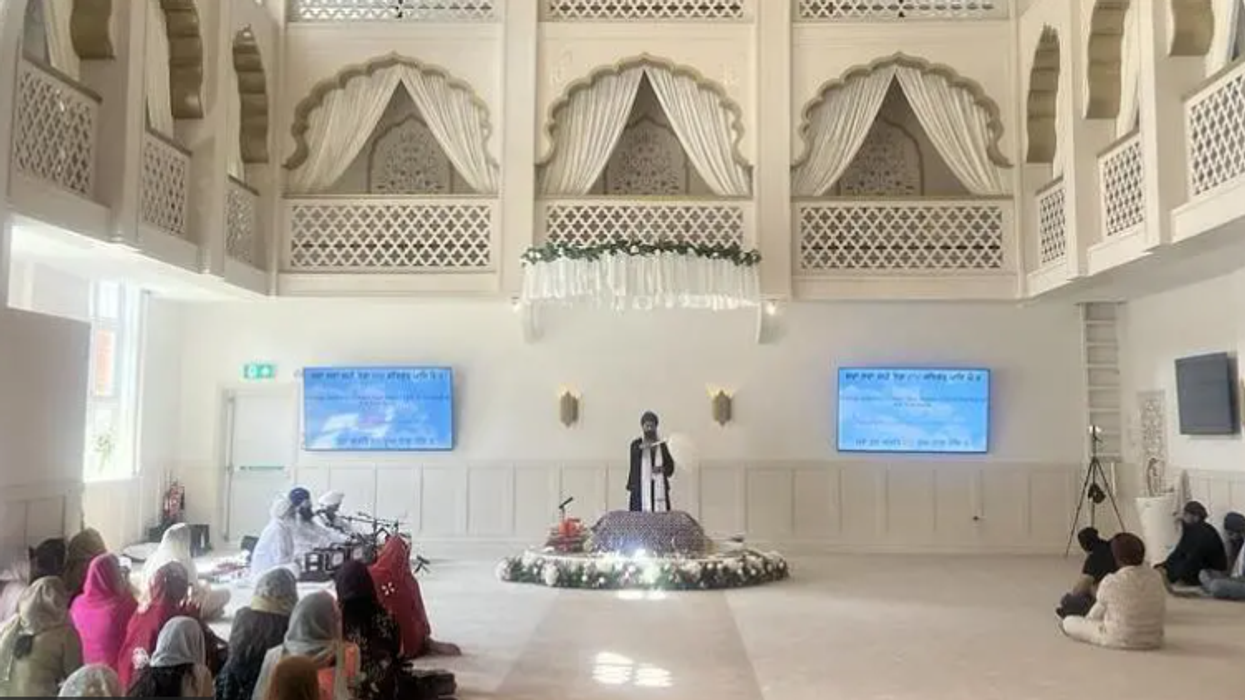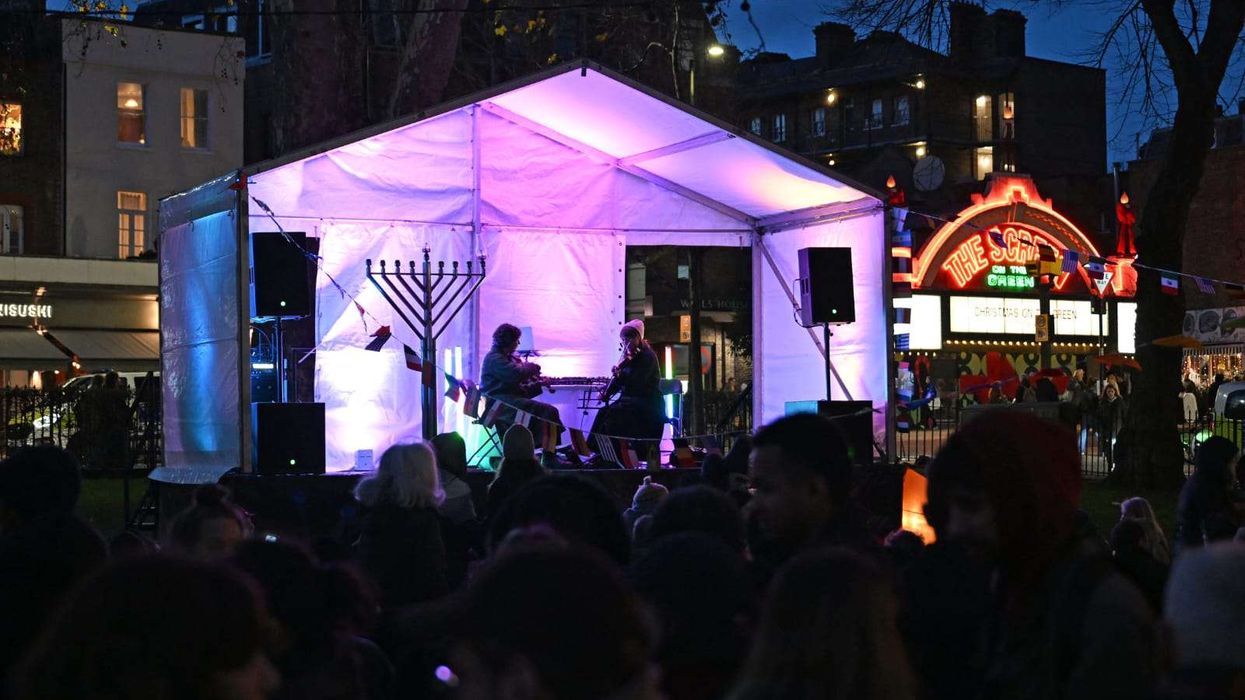Surrey’s first gurdwara has officially opened in Camberley, marking a significant milestone for the local Sikh community. The opening ceremony, held on Saturday, was attended by around 1,000 people and featured a range of cultural and religious activities.
Visitors to the newly established Guru Nanak Gurdwara Camberley took part in prayers, music performances, Punjabi writing classes, martial arts demonstrations, and talks. Attendees were also treated to traditional food and witnessed the unveiling of a new artwork by British Sikh artist Amandeep Singh, also known as Inkquisitive.
For more than 20 years, Sikhs living in Surrey had to travel long distances to mark religious and family occasions such as weddings and funerals. Many commuted by train to Southampton or drove into London, often spending hours in transit for access to a gurdwara.
Deepak Singh Udassi, one of the fundraisers behind the project, described the opening of a local place of worship as meaning “everything” to the community. The Guru Nanak Gurdwara Camberley charity raised £1.5 million to convert a former military building on London Road into a fully functioning gurdwara.
Dr Narinder Kaur Gill, a trustee of the gurdwara, said the transformation of the building was driven by the efforts and dedication of local volunteers. She described the renovation as “an outpouring of love”, noting that community members contributed their time and skills to the project.
Since moving into the building five months ago, the gurdwara has been developed entirely by the community. Dr Kaur Gill noted that volunteers designed and crafted the goldwork and religious images within the space.
In addition to religious services, the gurdwara aims to serve the wider community. Organisers plan to provide food to anyone in need and offer a variety of educational and wellbeing activities. These include yoga, sports, martial arts and fitness classes, as well as lessons in Punjabi and Gurmukhi, the script used to write the Punjabi language.
The new gurdwara is expected to become a central hub for both spiritual and community life in the region, offering a much-needed local facility for Surrey’s Sikh population while welcoming people from all backgrounds.













